Tucked away near the sprawling city of Aurangabad, Ajanta & Ellora caves have been attracting attention for centuries. For anyone having the slightest interest in ancient Indian art and architecture, the twin caves of Ajanta and Ellora are a must visit. Scholars and tourists both throng to these caves with intrigue. And they are amazed by the expertise of our ancestors which has been showcased here for last 2000 years. The intricate carvings, paintings and most of all the architecture of rock cut structures would blow your mind away.
Ajanta Ellora. Always spoken in a single breath like there is a thread connecting them. Yes, these caves are similar, in the sense that they are rock cut monuments and have proximity to Aurangabad. But beyond that they are very different. Once we visited them, we realized that they are not even in the same direction from Aurangabad.
Ajanta caves
Located around 100 km towards north of Aurangabad, these caves have been carved inside the walls of a steep horseshoe shaped ravine. In the post-monsoon period, you could see the waterfalls and stream flowing below. About 10 km from the bus stop and the main entry of Ajanta caves, you have another viewpoint which gives a panoramic view of the caves. We walked down the viewpoint to reach close to the caves and then took an alternate entry in front of the caves 5-6.
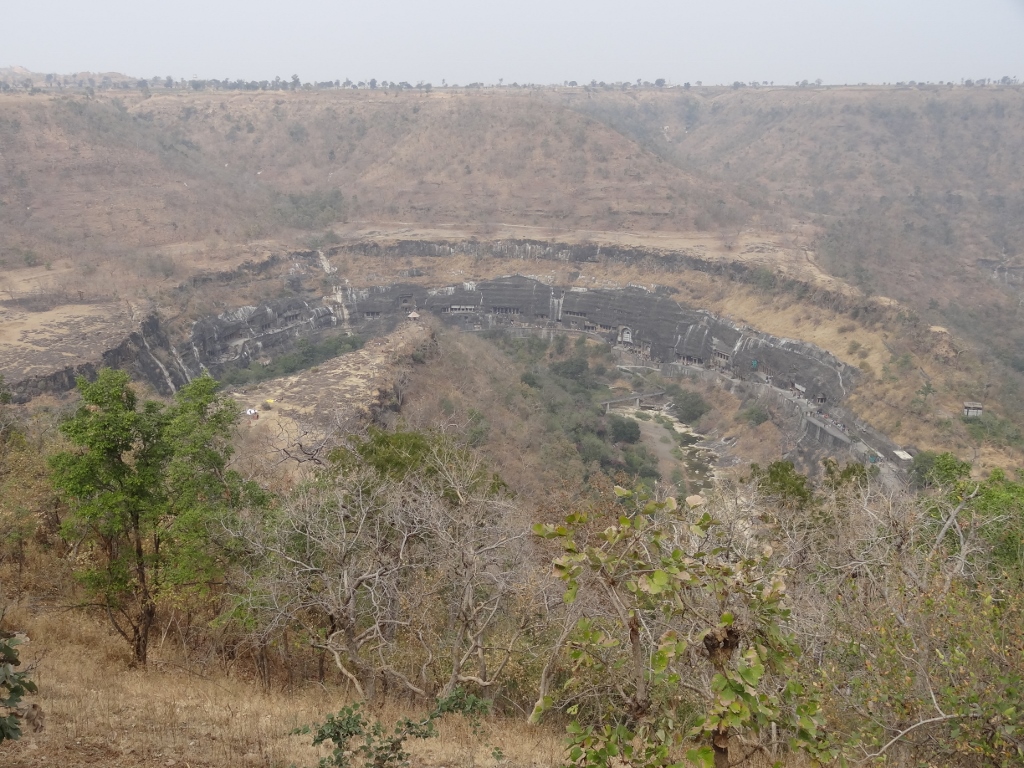
The Ajanta caves were created in the period from 2nd century BC to 6th century AD. These 30 odd caves are home of Buddhist chaitya halls and vihara halls with beautiful murals and sculptures adoring the walls. The caves are well preserved with restrictions to entry at the main caves of interest.
The caves are numbered in a serial order. Cave 1 and 2 have beautiful wall paintings where we were captivated by the details still observable today. Where all caves are special in their own way, caves 16, 17, 19 and 26 have exemplary architecture and complex carving both inside and outside.
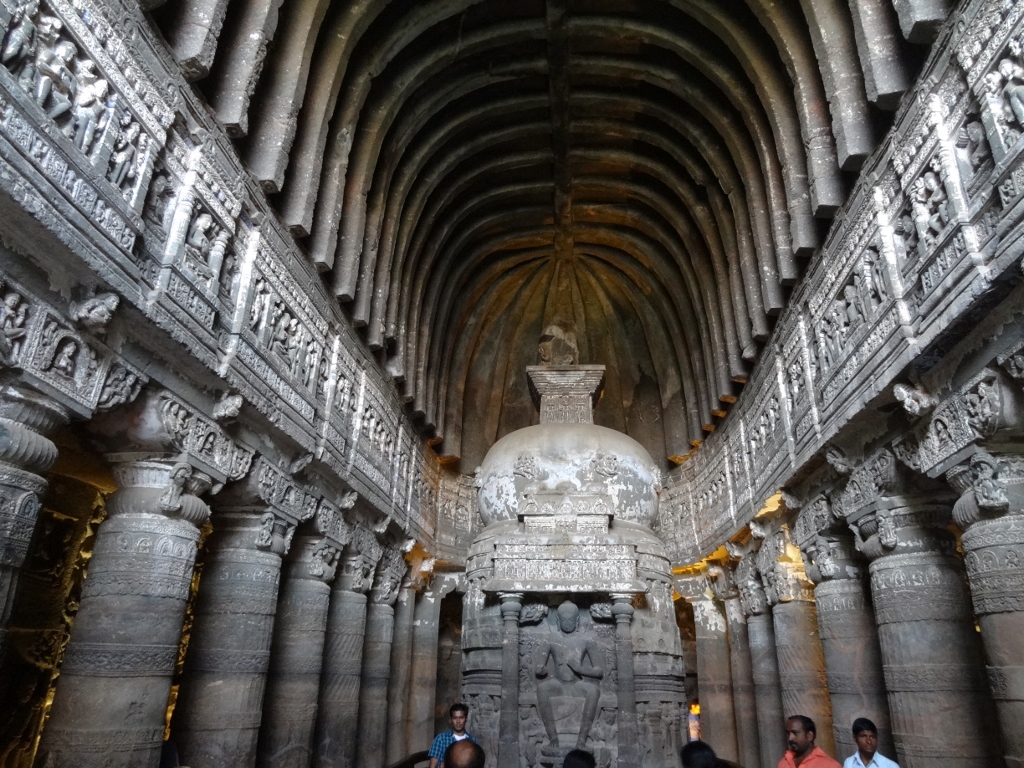
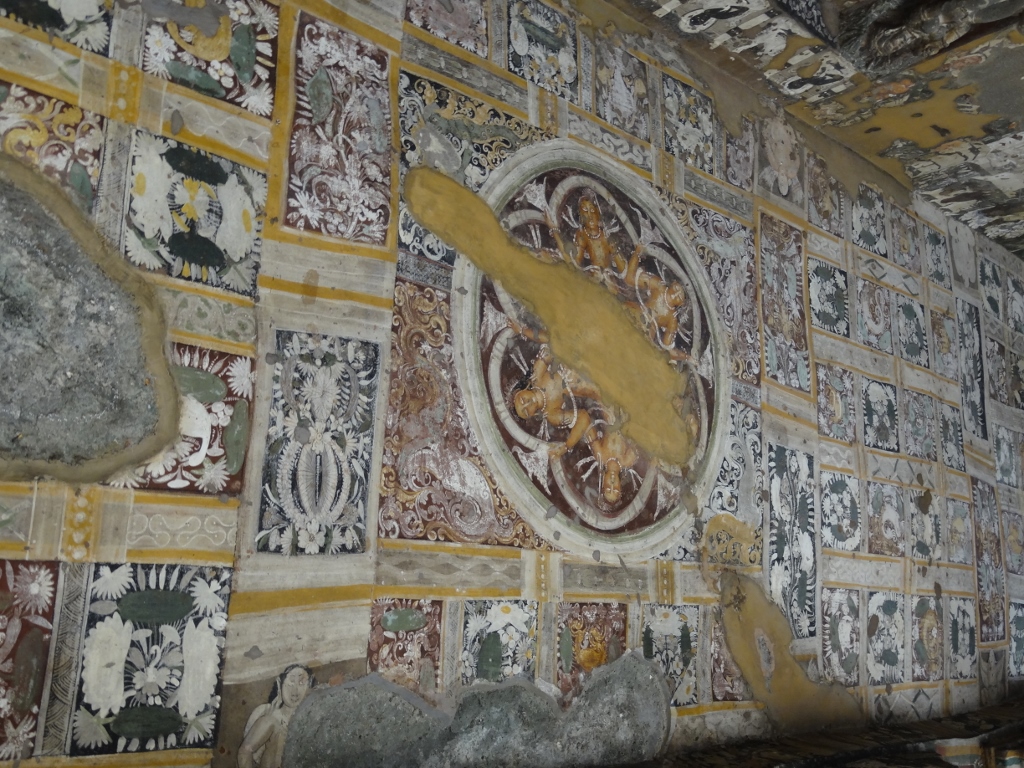
In fact, we also found the incomplete caves full of intrigue. They gave insight towards the procedure of cave carving and looked more haunting. Almost all caves had a plaque with history and explanation of the art. At the key caves, guides were present to explain the details pertaining to that cave (for a fee of course).
Ellora caves
These caves are located around 30 km towards west of Aurangabad. Unlike Ajanta caves, they have been excavated in a hill side between 5th to 11th century AD. In addition to Buddhist monasteries, they are home to Hindu and Jain temples. These caves are treasure trove of architectural brilliance.
Up on entry, we were drawn to the main attraction right in front of us. The cave number 16. The Kailash temple. The abode of Lord Shiva.
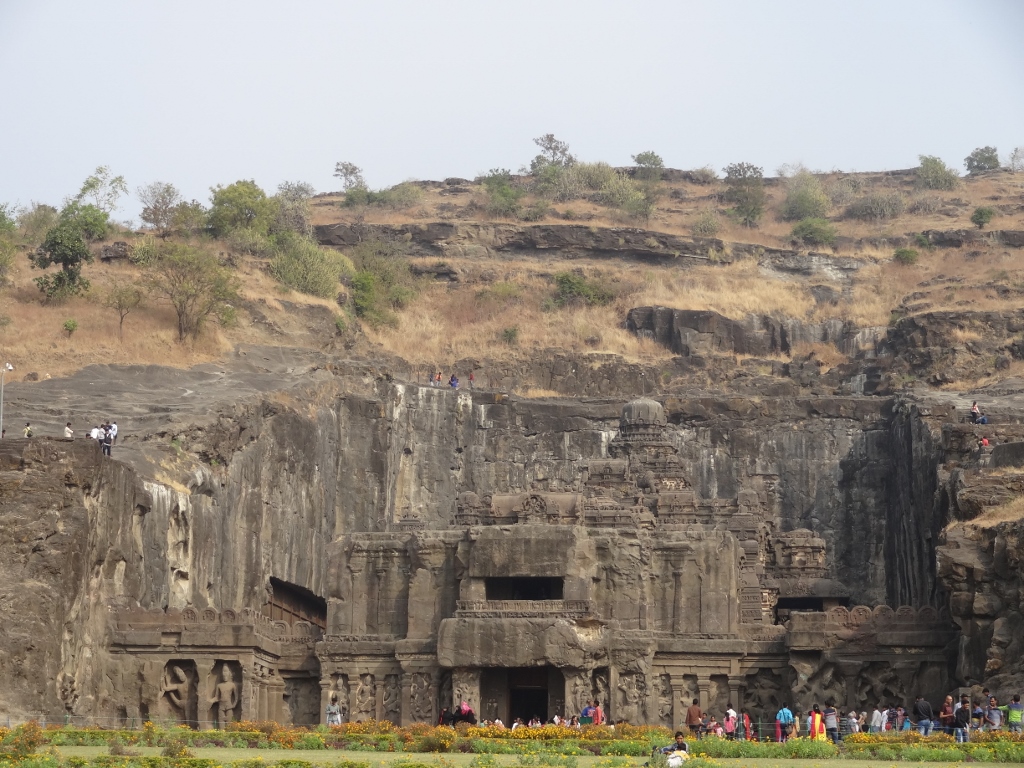
It is regarded as the greatest monolithic structure in the world. And, we saw why that is so true in every sense.
The genius of conception and the brilliance of execution exemplified the pinnacle of skills of that time. The dimensions are mind bogglingly huge. And the more we saw the temple, the more we were engrossed in its beauty and spell bound by the expertise displayed. We could spend hours sitting in a corner and looking at the temple. We realized that what was in front of us was unbelievable. Words don’t do justice and images don’t do justice.
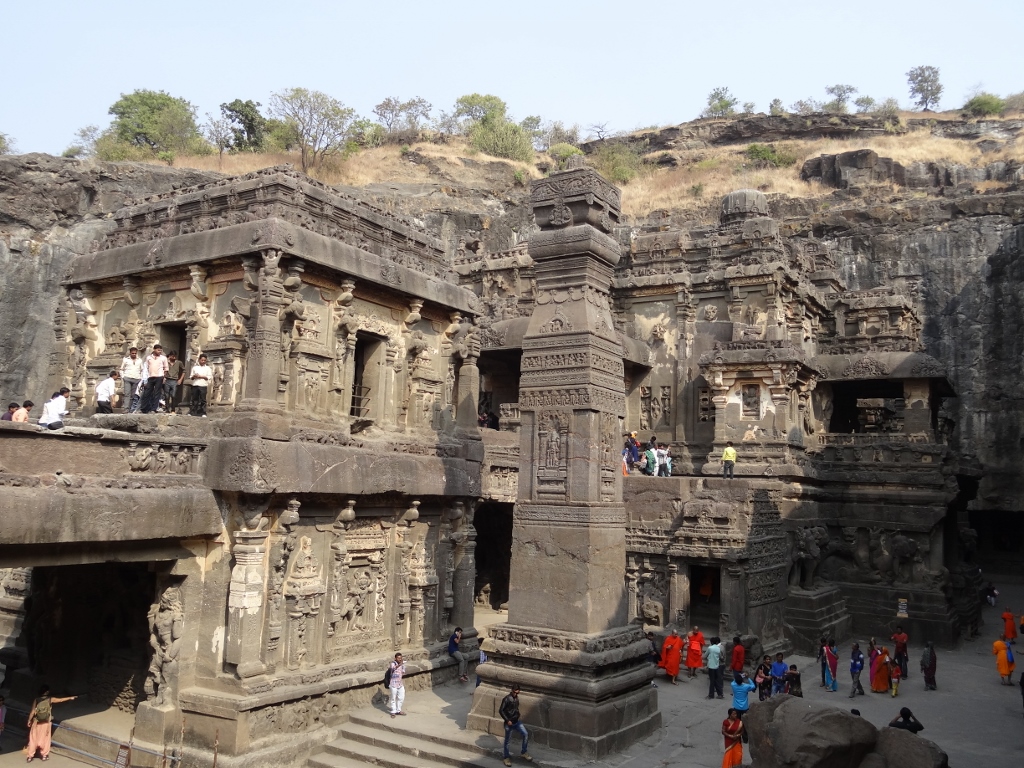
If there was one thing that would draw you to these caves, it would be the Kailash temple.
Then we moved towards right to the other Brahmanian caves and further to the Buddhist caves (Cave 1 to 10). Where the Hindu caves could not match in any way to the Kailash temple, the double storied Buddhist caves gave a different view.
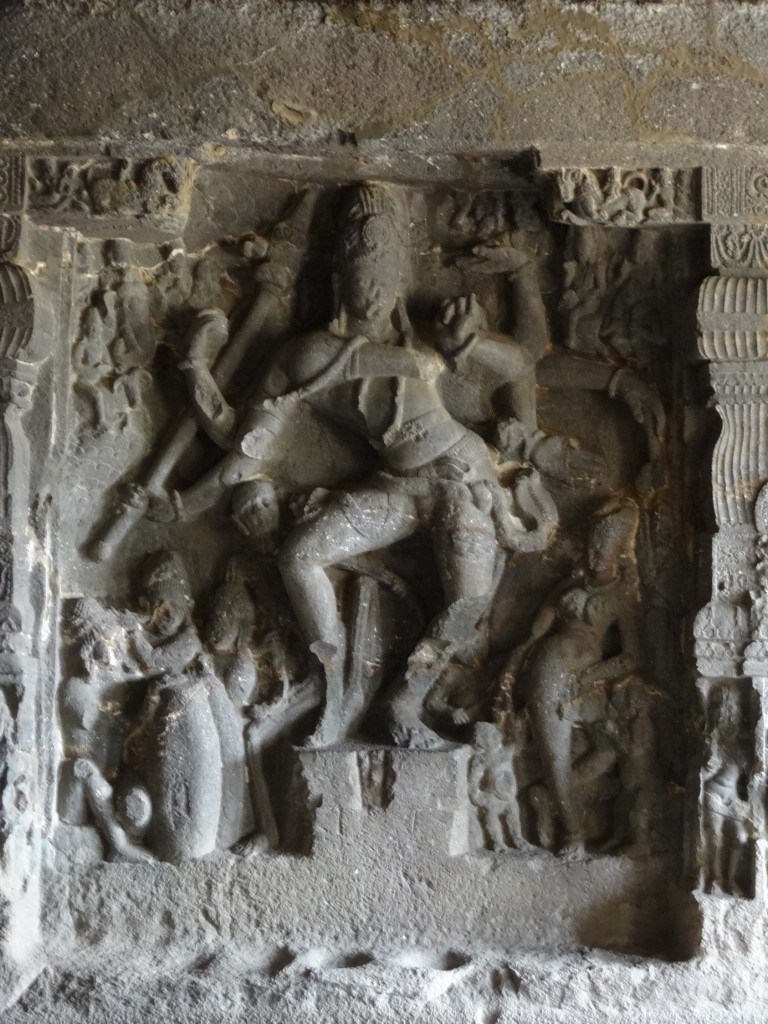
Once we reached the end (or the start to cave number 1), we had to backtrack to the main entry to take the shuttle to the group of Jain caves (Cave 30 to 34) around 1 km from the entry. These caves are younger than the rest. They had strong resemblance to Hindu cave structures so much so that the cave 30 is even called Chhota Kailash. Once we had absorbed the beauty of these caves we took the shuttle back to the main entry and bid goodbye to these amazing structures.
Tips:
Do keep in mind that both caves have a fair bit of walking from one end to other if you want to cover them all. Further you must climb steps up to reach many of the Ajanta caves. So, the best way to enjoy them would be to read up beforehand and select the caves of your interest. Alternatively, just follow the crowds (or get a guide) and skip the smaller of the lot.
Also, as they are stone structures, it could get hot under the sun. So, wear hats, comfortable footwear and bring water.
Do you have a story to tell about your Ajanta and Ellora experience? Drop in a comment or send us a mail. We will definitely reply. All the interesting tales will be published in a special feature.